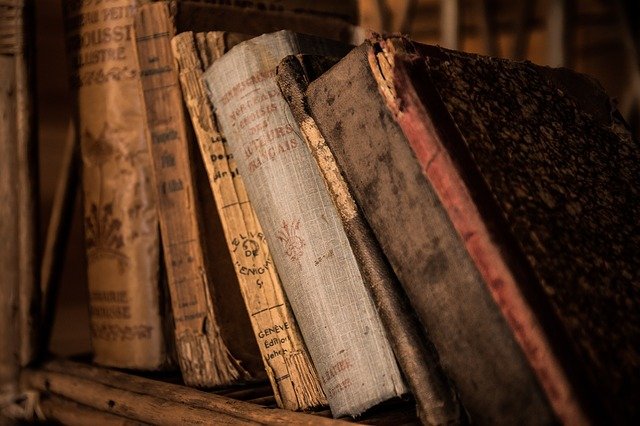The first nursery school in the world was set up in Scotland nearly 200 years ago in New Lanark where Robert Owen put his educational beliefs into practice.
In the early nineteenth century, most children started work at a young age and never went to school at all. Working as a history college essay writer, I should say that Robert Owen refused to let any child under the age of ten work in his textile mills and insisted they attend school instead.
He said, “I know that society may be formed so as to exist without crime, without poverty, with health greatly improved, with little, if any misery, and with intelligence and happiness increased a hundredfold: and no obstacle whatsoever intervenes at this moment except ignorance to prevent such a state of society from becoming universal.’“
Robert Owen’s Vision for New Lanark
In 1816, Robert Owen, as part of his social experiment at New Lanark, provided a facility where very young children could be left in safety and educated according to his philosophical beliefs. It was part of a far-seeing and surprisingly very modern education system that attracted worldwide attention and interest. As soon as children could walk, they attended the nursery where they were looked after by two young girls and allowed to play or sleep as they wished. This not only followed Owen’s ideas but freed up women to return to work, providing him with an experienced workforce and families with an extra income.
He rationalised it thus: “The houses of the poor and working classes generally are altogether unfit for the training of young children … these considerations created in me the first thoughts respecting the necessity of infant education to be based on the true principle of forming character from the earliest period at which infants could leave their parents.”‘
Development of Robert Owen’s School
Robert Owen opened his Institute in January 1816, followed a year later by a separate building for the School. The role was 274 children with 14 teachers, providing an excellent pupil-teacher ratio.
From 3 to 6 years, they attended the infant department of the school, the first in the world. Owen did not wish them to be ‘annoyed with books’ until they were older so they were taught to dance, went out to play in the playground (another world first), and were taught by kindness and common sense. The pupils were not to be physically punished and they were encouraged to be kind to each other, with the 4-6 year olds helping to care for the younger ones.
The children were allowed to choose what to do, the ‘play principle’, but toys were not provided, Owen being of the opinion that young children were capable of amusing themselves when in a group.
The schoolrooms of the 7-10 year olds were decorated with large friezes of animals and maps and the tables were covered with stones, plants and flowers and ‘common things around them’ to encourage the children’s curiosity and questioning. A large globe of the world, about six feet in diameter encouraged the children to ask about other countries and people.
The children were taught to read, write and cipher, and older children were used to pass on rote lessons to younger ones. As for the history writers from writemyessaycheap. They were encouraged by Owen to remain at school until they were 12 years old but many left at 10 to work in the mill. For them, Owen organised a programme of evening classes including lectures, dancing, and concerts which were held in the Institute. These were open to all members of the community and in order to encourage the take-up of these classes, the working day was shortened to ten hours.
Educational trips were part of the curriculum. A visit to Lanark by the children is recorded for the purpose of seeing ‘James Earl exhibiting wild beasts’ and a sum of five shillings was paid so that a crocodile be exhibited to the children at school.
Influences on Robert Owen
Robert Owen was much influenced by the ideas and theories of Johann Heinrich Pestalozzi who in 1801, published ‘How Gertrude Teaches her Children’. Pestalozzi argued that children should learn through self-discovery, activity, and spontaneity so that children arrive at answers themselves. He encouraged the development of their powers of observation, reasoning, and judgement and insisted that they be taught through kindness and the absence of punishment.
Owen attempted to put this philosophy into practice at New Lanark and was much aided in so doing by the work of his father-in-law, David Dale, from whom Owen had bought the mills in 1799.
Dale had already set up a school for the children of workers which had 507 pupils in the 1790s. It was completely different from that which Owen envisaged and later put into practice, with 16 teachers assigned to classes of varying standards.
Owen took over the school and by 1816, had transformed it into a different beast altogether. Owen’s ideas and vision resonate in today’s education policies; the idea that education is a means of producing a skilled workforce, responsible citizens, and nurturing families would not be argued against by today’s educationists who prefer to ask someone to write my paper for me instead of doing it on their own, but in the nineteenth century such ideas were revolutionary. The fact that they persist into the 21st demonstrates their staying power.

Robert Owen’s Legacy for Education
Nursery education is accepted nowadays as an important part of the educational system as is the premise, that providing children with a better quality environment than that which many have in the home, is the means by which good citizens and valuable members of society are made; these are very much part of government education policy on early intervention and social inclusion. And we owe it all to Robert Owen and his vision for education at New Lanark.